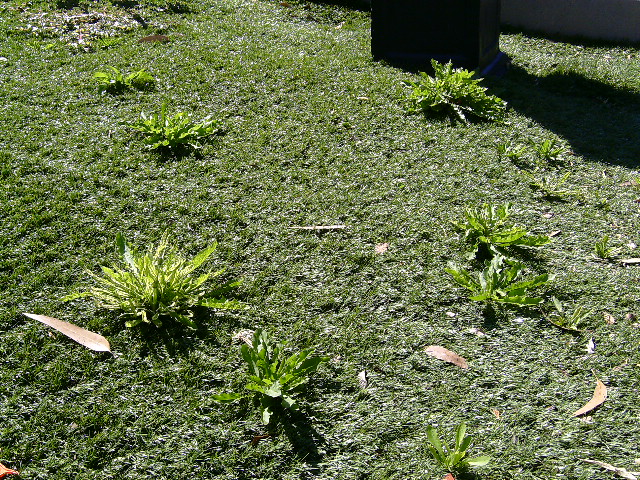A guest post from Stephen Hodges of Easier Move
So it’s moving time to your new house.
This phrase can conjure up images of previous terrible moves that took all weekend, caused arguments about how items should be packed or the dreaded plan of ‘doing it ourselves, cause how hard can it be?
In order to make your life a little easier,here are a few simple tips on some ways to reduce the stress and hassle when moving house.
Be Organised
Moving house is not the thing you want to be thinking about after a hard day of work but as soon as you know your moving date, make contact with service providers.
Spring and summer are the busiest months to move and if left to the last minute you may be forced to use a less than professional removalist as the reputable ones are booked up.
Contacts
Don’t forget the utility companies and book in the date for the power to be on the day before you move in.
There is nothing worse than moving all day to find you have no hot water for that well deserved, long, hot shower.
Throw It Out
Avoid moving anything you don’t really need. If you don’t use it now, you most likely won’t use it later.
As a guide if you have not used something in the past 9 months, are you really going to use it again? If you have trouble throwing things out, get a friend in to do it for you.
Trust me, you will thank yourself later. If you can’t throw it out, pack it in a box and donate it to a charity shop. That may make you feel better about where the items are going. The more you throw out the less you have to move or pay someone to move for you.
Assign A Budget
You will have to pay something to move house, whether in your time – such as most of your weekend – or money.
Let’s face it no one wants to pay a lot to move house but remember, these are your treasured possessions that are being moved.
It is not until they are broken, scratched or torn by friend or a ‘no frills’ removalists that was charging half the price of the professionals you will start to see the value in using a reliable company.
Make sure any company you use is insured for the work they do.
